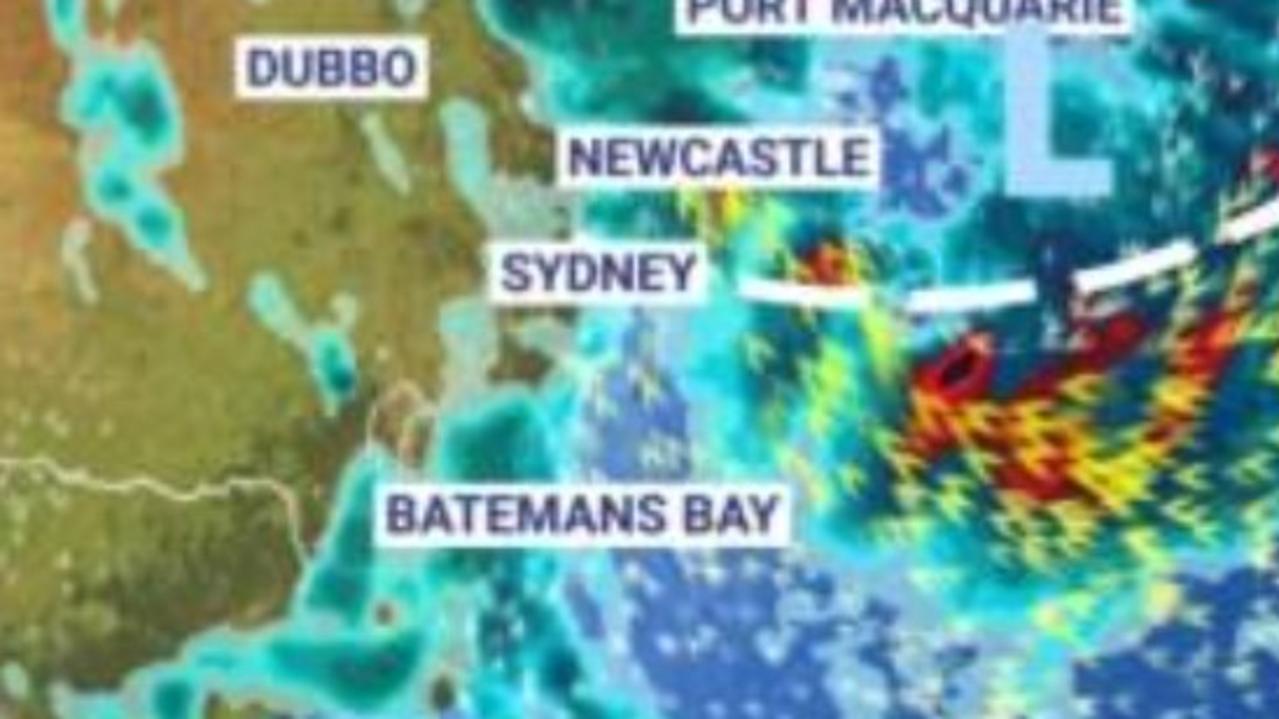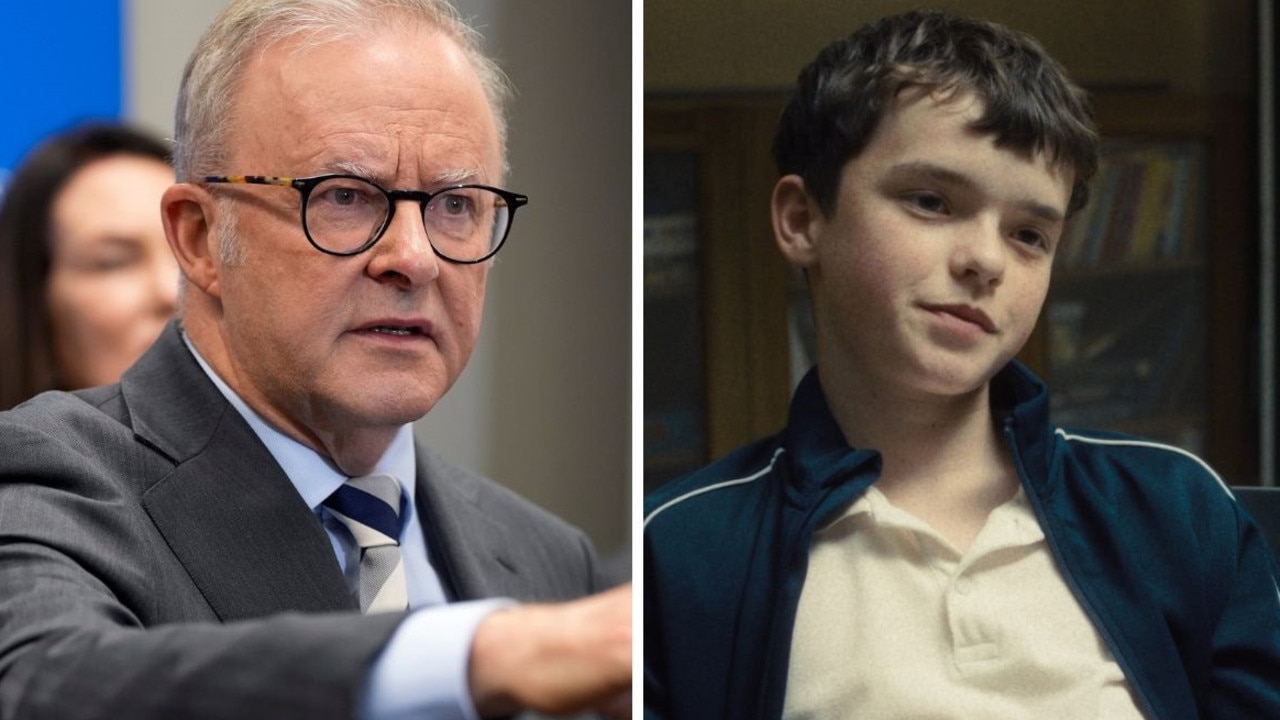Australia’s $2.1 trillion future with 672,000 jobs and net zero emissions
Billionaires, blue collar workers and green groups have all joined forces for Mission Zero — a new plan to get Australians more jobs with a smarter, cleaner nation.
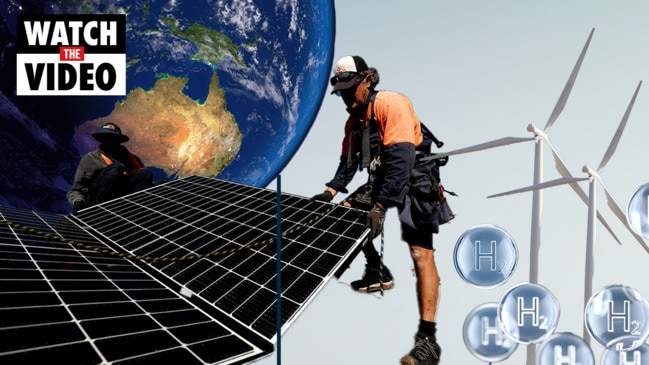
Australia is the best-placed nation on earth to be the global winner in a net zero world, with more than 672,000 jobs created and $2.1 trillion in economic activity generated by 2050.
Billionaires, blue collar workers, green groups and the national architect of the blueprint to net zero have all joined forces for Mission Zero — an unprecedented new project that reveals for the first time the enormous economic forces Australia could unleash by harnessing the clean energy revolution.
This includes construction of the world’s largest solar plant, powering our iron ore exports with hydrogen-fuelled machines and the rebirth of our mining industry as a global treasure chest of rare earths and other minerals.
Research commissioned by News Corp shows the massive injection into Australian GDP would include a projected $363bn in clean energy production – including renewable power and carbon capture – and $407bn in the production of energy efficient products, including lighting, heating and cooling systems.
There would also be an estimated $611bn of extra economic activity in the transport and mobility sector, including the adoption of electric vehicles, plus $107bn in urban infrastructure such as public transport and traffic systems.
New investment would be greatest in NSW, with $616bn projected, followed by Queensland with $473 billion and Victoria with $432bn. Opportunities in WA total $356 billion and in South Australia $114bn.
The Valuing Mission Zero report was compiled by former prime ministerial economics supremo Andrew Charlton for global firm Accenture and draws on 56 separate reports and sources from around the world.
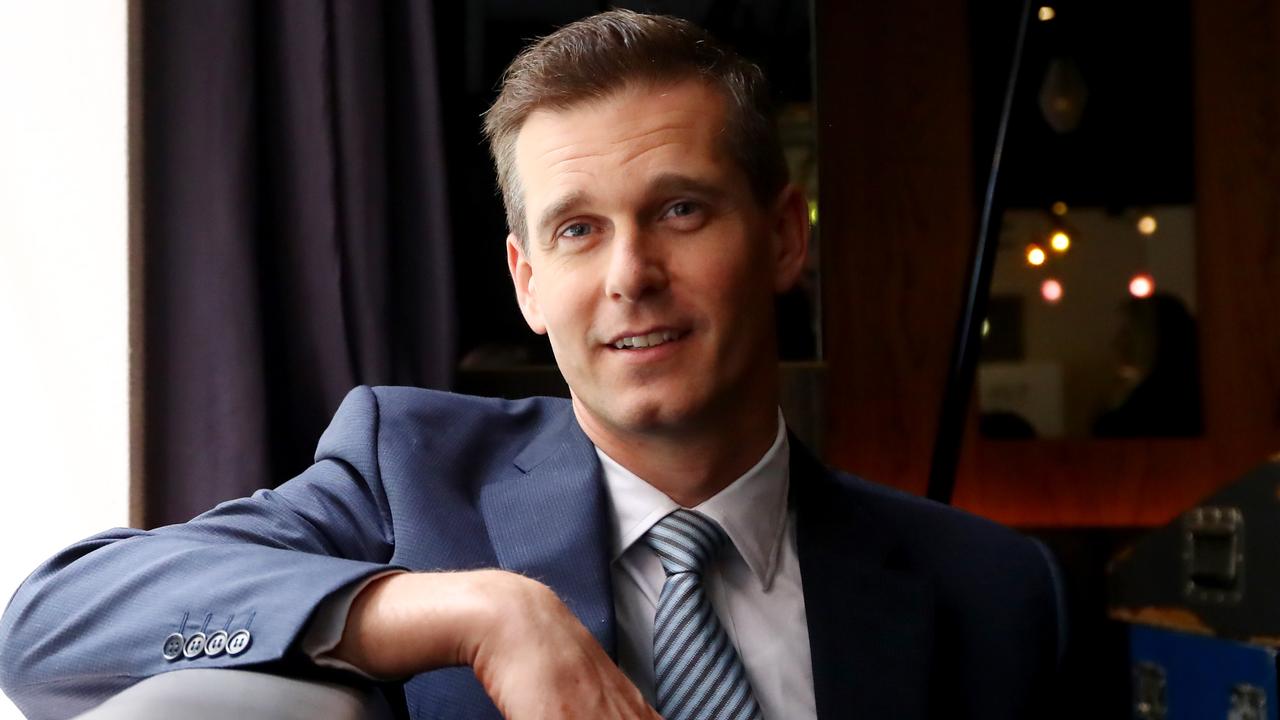
“With our abundant renewable energy resources Australia is the best-placed nation in the world to benefit from net zero,” Dr Charlton, the Asia-Pacific Sustainability Lead and Managing Director at Accenture, said.
“There are trillions of dollars of new business opportunities across the economy in transport, infrastructure, utilities, resources, agriculture and construction.
“The transition to net zero will create hundreds of thousands of jobs. No matter what your skill level or where you live, there will be new jobs in farming, factories, transport and information technology.”
Billionaire entrepreneur Mike Cannon-Brookes, who is building the world’s largest solar farm in the Northern Territory, said Australia was perfectly positioned to be a world-beater in the new economy.
“We should be pushing the world to decarbonise because, literally, we will be one of the biggest winners on the planet,” he said.
“We can create a fast, stable and better economy with more jobs and everyone’s bills will be cheaper.”

Mining magnate Andrew “Twiggy” Forrest, who is transforming his Fortescue Metals Group into a carbon neutral company, said the new economy would deliver massive opportunities for the mining industry and the regions.
“The time has come for people throughout the country, and in the country, to really be excited by the new future of sustainable energy and sustainable products which come from it,” he said.
“They don’t have to say, well, we’re giving up fossil fuels, we’re taking huge risk. No, they’re just embracing an industry which they will be very good at.”
Coal miners’ union boss Tony Maher said a wealth of other minerals in Australia would keep Australian mining strong even as domestic coal consumption drew to a close and global coal demand gradually tapered off in the decades ahead.
“We’ve got every mineral there is. We’ll always have a strong mining industry,” the CFMEU Mining Division president said. “And we’ll have a strong coal industry for a long time to come.”

Recycling king Anthony Pratt said Australian manufacturing would also thrive in the new environment.
“Australia has always been an innovation nation and I believe our manufacturing industries have a great future,” he said. “Australia has all the ingredients to lead our region in sustainable manufacturing – and we’re already doing that in many areas.”
Australian Workers Union national secretary Daniel Walton said workers had a bright future in both mining and manufacturing.
“Australia can and should be a 21st century green manufacturing powerhouse, but if we want that future tomorrow we need to keep the lights on today,” he said.

“Australia has incredible opportunities in the resources of the future – hydrogen, sustainable timber, rare earths, uranium, lithium, the list goes on. But we shouldn’t limit our ambitions to exporting raw materials. If we want quality blue collar jobs to exist in the future, we have to be investing aggressively in the manufacturing industries of the future.”
Former Chief Scientist Alan Finkel, now the federal government’s Special Adviser on the road map to net zero, said Australia had unrivalled opportunities.
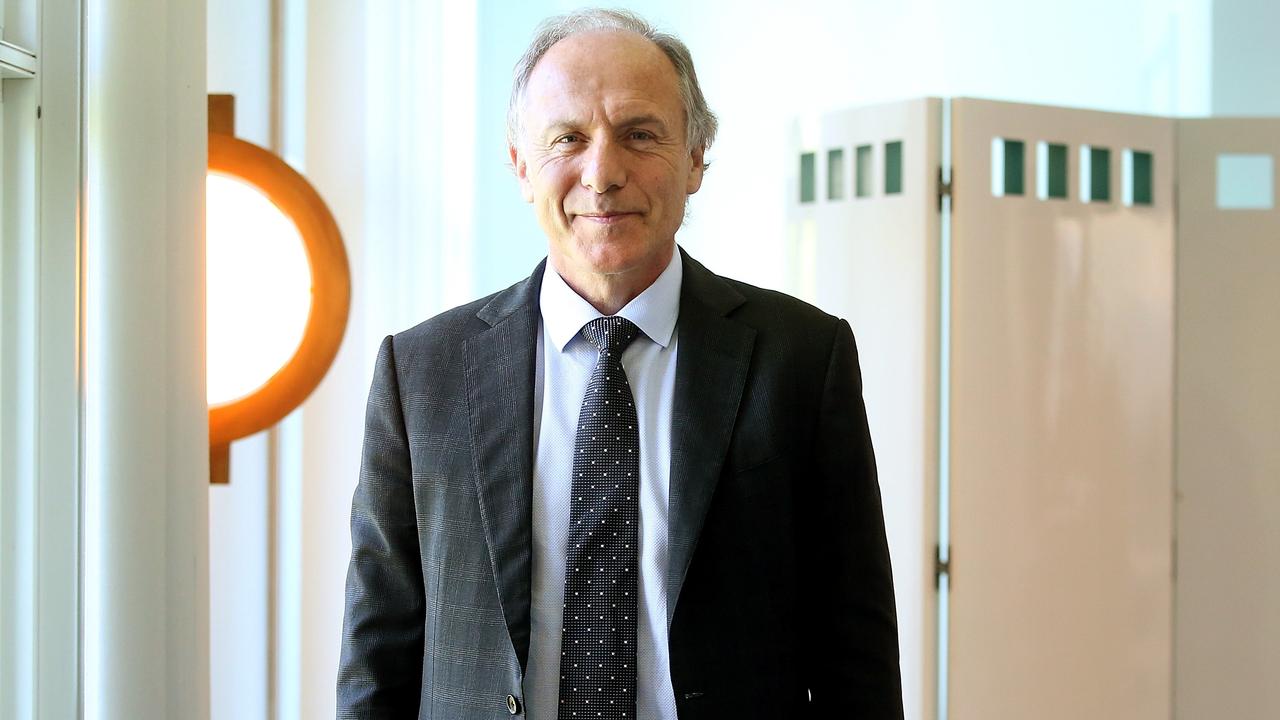
“Getting to zero will bring enormous opportunities for Australia’s export industries,” he said.
“Our industries and exporters will produce products for the new economy that will contribute to national economic growth. And it is easier to share the benefits equitably if our economy is strong and growing.
“Young and old can be part of the new economy, building our prosperity while eliminating the greenhouse gas emissions that are warming our planet and causing climate change.”
Australian Conservation Foundation CEO Kelly O’Shanassy said Australia needed to act now to seize the benefits.
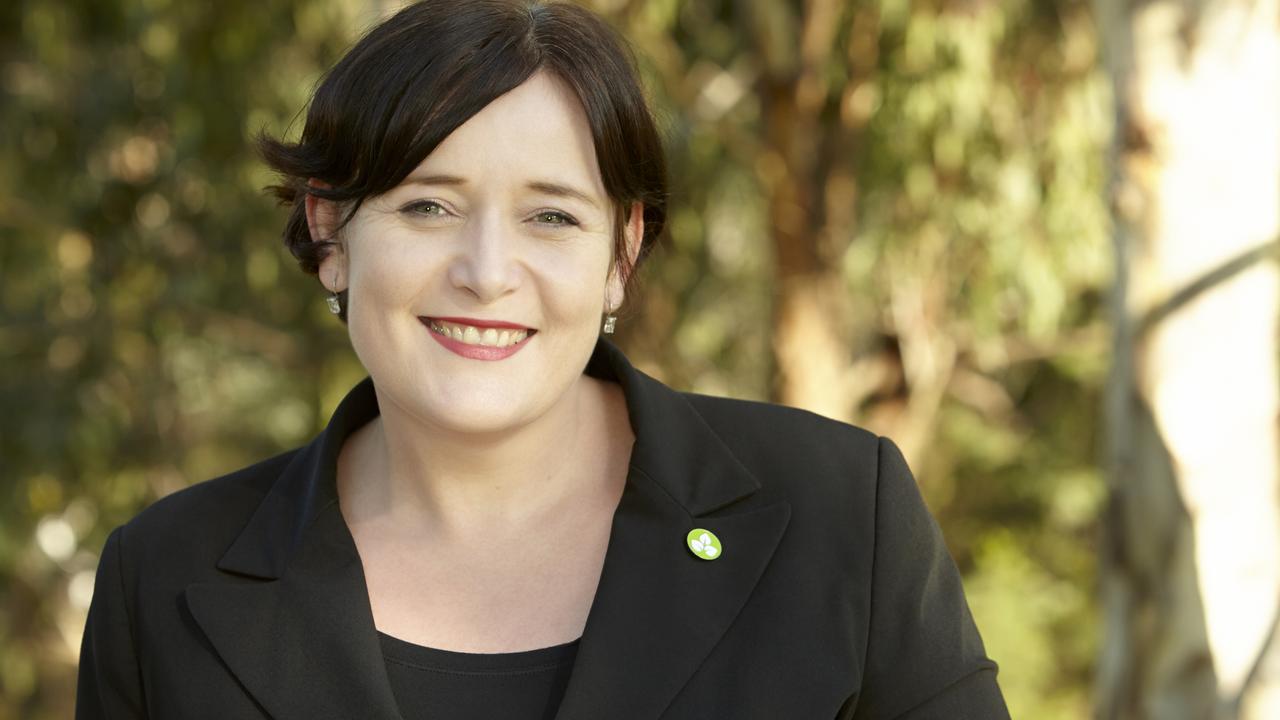
“Australia has enormous opportunity and could be the envy of the world, but it will take genuine national leadership to co-ordinate this push. And we need it fast,” he said.
More Coverage
“We’re not the only nation in the world with the natural advantages, the technology and know-how to make us a clean energy superpower. There is a competition afoot and we need to be in it.”
For more on this series go to: www.missionzero2050.com.au
Share your feedback or story: missionzero2050@news.com.au
Originally published as Australia’s $2.1 trillion future with 672,000 jobs and net zero emissions
Read related topics:Time Is Now




